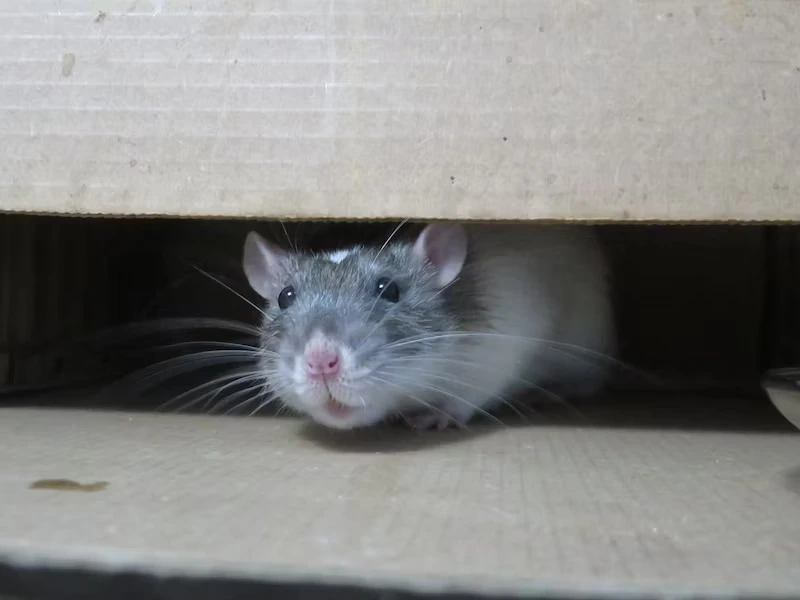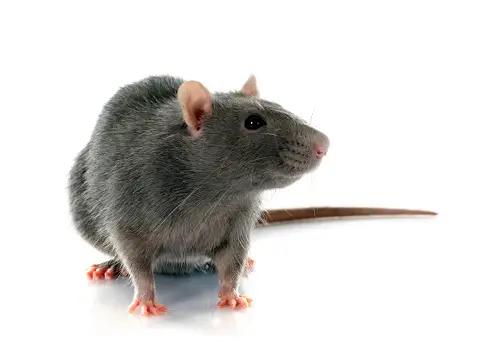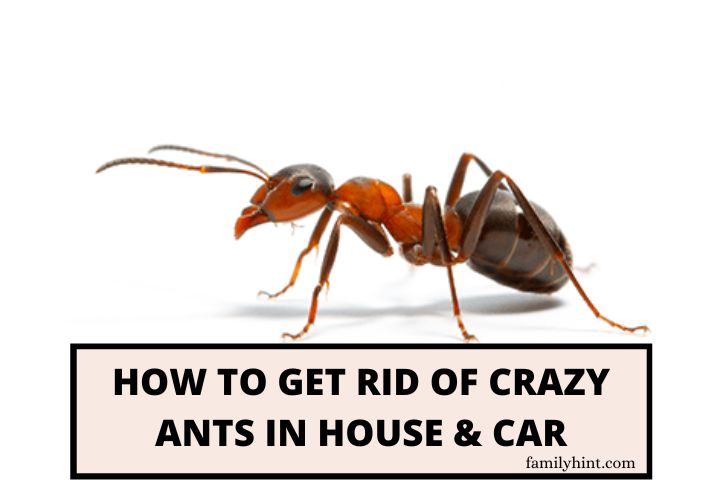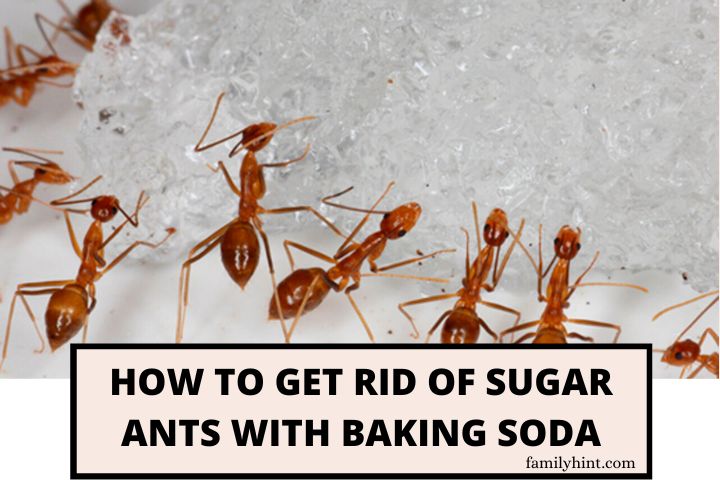Looking to get rid of rats in your home? Living with rats in your home can be both distressing and hazardous. The scurrying of these unwanted critters can shatter your sense of security within your own space. Rat infestations pose significant risks, ranging from disease transmission to property damage and contamination of your food. If you find yourself grappling with a rat infestation, rest assured that effective solutions are within your reach.
In this comprehensive guide, we delve into the core reasons for rat intrusion, the extent of damage they can cause, methods for identifying their presence, and a range of strategies to bid these pests farewell and reclaim your living environment. By the end, you will have a clear understanding of how to eliminate rats in your home.
If you’re dealing with a rat infestation, you’re likely wondering how to get rid of them as quickly and effectively as possible. Fortunately, there are several methods you can use to eliminate rats and keep them from returning.
So, whether you’re dealing with a full-blown infestation or just want to prevent one from happening, read on to learn how to take control of the situation and reclaim your home.
We are reader supported and may receive a commission for any products recommended that are purchased.
Understanding Why Rats Invade Your House (5 Top Reasons)

There are a number of reasons why rats may find their way into a house. Some of the most common include:
- Food sources: Rats are attracted to food, and if they can find a steady supply of it in or around your home, they will be more likely to move in. This can include pet food, garbage, or food scraps left out in the open.
- Shelter: Rats are looking for a safe place to live and breed, and your home may provide the perfect environment for them. They may find shelter in attics, basements, or crawl spaces, or in walls or other voids within the house.
- Easy access: Rats can squeeze through very small openings, so if your house has any cracks, holes, or gaps, they may be able to get inside. This could include gaps around pipes, vents, utility lines, or even gaps under doors or windows.
- Outside factors: Rats may also come inside your home because they are fleeing other problems outside such as flooding, construction or extermination of their nest in a nearby area, or even population control.
- Climate: Rats can also be attracted to homes because they offer protection from the elements. If it’s too hot, cold, or wet outside, they’ll look for a safe and dry place to stay, and your home may be the perfect spot.
It’s important to keep these potential reasons in mind when trying to prevent rats from entering your home or dealing with an infestation once it has occurred.
What Kind of Damage and Consequences Does Rat Presence Cause?
While no rat damage is good, large rat populations can quickly cause expensive and irreversible damage in the home.
Create Noise
Rats can create noise inside the house that makes it difficult to sleep or relax. They are active at night and can be heard scurrying through walls, in the attic, and in other parts of the house.
Their constant movement and scratching can be loud and disruptive, making it hard to get a good night’s sleep. This can lead to fatigue and irritability, making it difficult to function during the day.
Destroy Books, Papers, and Clothes
Rats can destroy books, papers, and clothes by gnawing and chewing on them. They may use these items to build nests or simply as a source of food. This type of damage can be costly, as the items destroyed may be irreplaceable, sentimental, or expensive.
In addition, the destruction of these items can also lead to the loss of important information or memories.
Attract Other Pests, such as Insects and Other Rodents
The presence of rats can attract ants, cockroaches, and other scavengers, which can lead to an infestation of these pests as well. Additionally, the presence of rats may also attract other rodent species such as mice, which can further compound the problem.
This can make it difficult to control the pest population in your home and can lead to a cycle of infestations.
Contaminate Food
Contaminate food and kitchen surfaces with their droppings and urine, which can lead to food poisoning or other health issues
Ruin Furniture
Rats can cause damage to furniture by burrowing it into cushions and shredding the batting. This can ruin the appearance and functionality of sofas, chairs, and other upholstered furniture.
They may also cause structural damage to the frames of these pieces. This type of damage not only decreases the aesthetic appeal of your home but also makes the furniture unusable.
Create Unpleasant Odors
Rats can create an unpleasant smell in the house, which can be difficult to eliminate. They can produce an ammonia-like smell from their urine and a musty smell from their droppings.
The smell can be particularly strong in areas where they have nested, such as in walls or appliances. This can make it difficult to relax and enjoy your home, and can also affect the air quality in your home.
How Can You Identify Rat Infestation? (6 Signs)

Recognizing the signs of a rat infestation can be difficult, as rats are nocturnal and tend to be elusive. However, there are several indications that you may have a rat problem in your home. Some rat signs to look out for include:
- Droppings: Rat droppings are dark, cylindrical, and about the size of a grain of rice. They can be found in areas where rats are active, such as near food sources, in attics, and in basements.
- Gnaw marks: Rats have strong teeth and will gnaw on almost anything, including wood, plastic, and even metal. Look for gnaw marks on baseboards, door frames, and other wooden structures in your home.
- Tracks and rub marks: Rats are dirty animals and will leave behind tracks and rub marks as they move through your home. These marks can be found in dust and debris and may appear as dark smudges.
- Nests: Rats will build nests out of materials such as insulation, paper, and cloth. These nests can be found in hidden areas of your home, such as in attics, walls, and crawl spaces.
- Noise: Rats are active at night and can make noise as they move through your home. Listen for scratching, gnawing, and squeaking sounds, especially at night.
- Sightings: Seeing a rat in your home is a clear indication of an infestation. They are most active at night and are usually quick to run away when they see people.
Now let’s dive into how to eliminate rats in the home.
How to Get Rid of Rats in Your Home
There are several methods for getting rid of rats in the home, including:
Sealing Off Entry Points
Sealing off entry points is an important step in preventing and eliminating rodent infestations. This involves identifying and closing any gaps, cracks, or holes that rodents may use to gain access to your home.
This can include areas around pipes, vents, and electrical wiring, as well as gaps in the foundation or walls.
Sealant materials such as steel wool, caulk, or expanding foam can be used to fill in these entry points. Additionally, it is important to keep trees and bushes trimmed away from the house, as these can provide easy access for rodents to enter your home.
If you are looking for a good sealant to close any entry points we recommend Great Stuff Pest Sealant.
Create a Pepper Spray to Repel Mice
This spray is made with spicy, hot chili peppers which will help drive away mice from your home. When mice come into contact with this pepper spray, they will experience a burning sensation in their eyes and nose, making it uncomfortable and causing them to leave the area.
Ingredients:
- ½ cup chopped habaneros
- tbsp hot pepper flakes
- 16 cups water
- 2 two-gallon buckets
- 1 one-gallon jug
- 1 spray bottle
- Cheesecloth
- Gloves and goggles
- Large pot
Instructions:
- Put on gloves and goggles before making the mixture as it can be harmful to the eyes and hands.
- Boil water in a large pot.
- Roughly blend the peppers and flakes.
- Pour the blend into a 2-gallon bucket and pour the boiling water over it.
- Cover the mixture and let it sit for 24 hours.
- Strain the mixture through cheesecloth into another 2-gallon bucket.
- Pour the water into a spray bottle.
- Spray the liquid around entrances and areas where mice are commonly found.
- This spray can be used both indoors and outdoors. Indoor areas should be sprayed every two days, wiping away the old spray.
Trapping
Using snap traps or live traps to catch and remove rats from the home.
- Snap traps: These are the most commonly used type of rat trap. They work by quickly and humanely killing the rat when triggered. They can be baited with a variety of foods, such as peanut butter or cheese.
- Live traps: These traps capture the rat alive, allowing you to release it elsewhere. They are typically made of wire mesh and can be baited with food.
- Electronic traps: These are modern traps that use high voltage to electrocute the rat. They are more expensive but more efficient than traditional snap traps.
- Glue traps: These are sticky boards that trap rats when they come in contact with the adhesive. They are not considered as humane as other types of traps as they can cause injury to the rat.
We recommend Kat Sense Rat Traps for easy cleanup and efficiency.
Peppermint oil, Pepper, Cayenne Pepper, Pepper, and Cloves
Using natural aromatics such as peppermint oil, cayenne pepper, pepper, and cloves can be an effective method to repel mice.
Ammonia Trap
Another option is to mix a solution of equal parts water and ammonia and spray it in areas where mice are likely to enter, such as in cracks and crevices.
Additionally, make sure to ventilate the area well after spraying. This method works by creating an unpleasant smell that will discourage mice from entering the area.
Kitty Litter
Using the scent of cat urine as a deterrent, kitty litter can be an effective way to repel mice from your home.
- Gather materials: Plastic trays and kitty litter
- Fill each tray with kitty litter
- Place the trays outside of any known entrance points for mice, and in areas where mice are frequently seen
- The smell of the kitty litter will deter mice and encourage them to leave the area
- Continue this method until no more mice are present in the home
- As an alternative, you can also use snake feces in place of kitty litter to achieve the same effect.
See here If you need Kitty Litter.
Bringing a Cat Home
Bringing a cat home as a solution for getting rid of mice is a tried and true method. Cats are natural predators of mice and can effectively control the mouse population in your home. Here is a more detailed process for how to use a cat to get rid of mice:
You will need:
- A cat (any breed will do, as long as it is energetic and enjoys hunting)
Process:
- Acquire a cat that is known for its hunting skills or has a high prey drive.
- Allow the cat to roam freely in the areas of your home where you have noticed mouse activity.
- Observe the cat’s behavior, if it is actively hunting and chasing mice, you can assume that it is effectively controlling the mouse population.
- Give the cat time to do its job, after a few days you should notice a significant decrease in the number of mice in your home.
- Continue to monitor the cat’s hunting behavior, if the number of mice in your home does not decrease to your satisfaction, you may want to consider other methods of mouse control.
- Feed and care for your cat as you would normally do, providing it with a healthy diet and regular veterinary check-ups.
It is important to note that even though cats are effective at controlling mouse populations, they may not be able to completely eliminate an infestation
Summary of Effective Strategies for Rat Elimination (How To Get Rid Of Rats In Home)

To effectively eliminate rats from your home and prevent their return, consider implementing these strategies:
- Seal Entry Points: Identify and seal gaps, cracks, and holes that rats use to enter your home. Utilize materials like steel wool, caulk, and expanding foam.
- Natural Repellents: Utilize natural deterrents like spicy pepper spray made from hot chili peppers to drive rats away from your living spaces.
- Trapping Methods: Use snap traps, live traps, or electronic traps to capture rats and remove them from your home.
- Aromatics: Deploy natural aromatics like peppermint oil, cayenne pepper, and cloves to create an environment that rats find unwelcoming.
- Ammonia Solution: Spray an ammonia and water mixture in areas frequented by rats to create an unfavorable scent barrier.
- Kitty Litter: Use the scent of cat urine or snake feces to discourage rats from occupying your home.
- Introduce a Cat: Employ a feline companion to naturally control the rat population through hunting.
Conclusion: How to Get Rid of Rats in Home
In conclusion, battling a rat infestation demands a comprehensive approach rooted in a deep understanding of rat behavior and effective eradication methods. By addressing the underlying causes of rat presence, implementing preventive measures, and employing a combination of repellents and traps, you can successfully reclaim your home environment from these unwanted pests. Remember that consistent efforts, careful planning, and a commitment to maintaining a rat-free environment are key to achieving long-term success.





